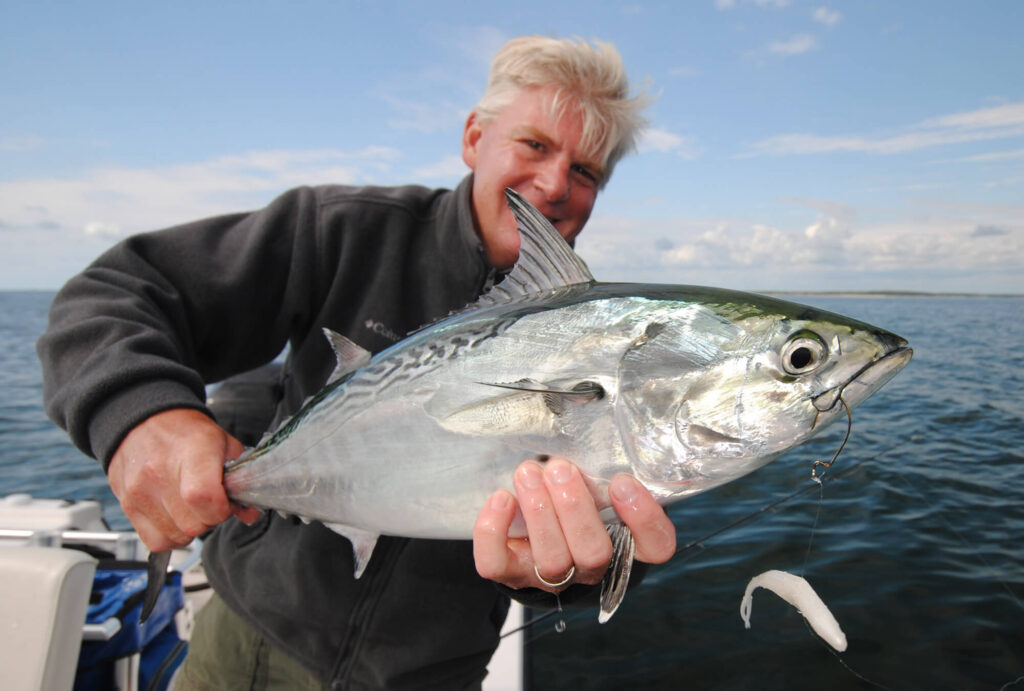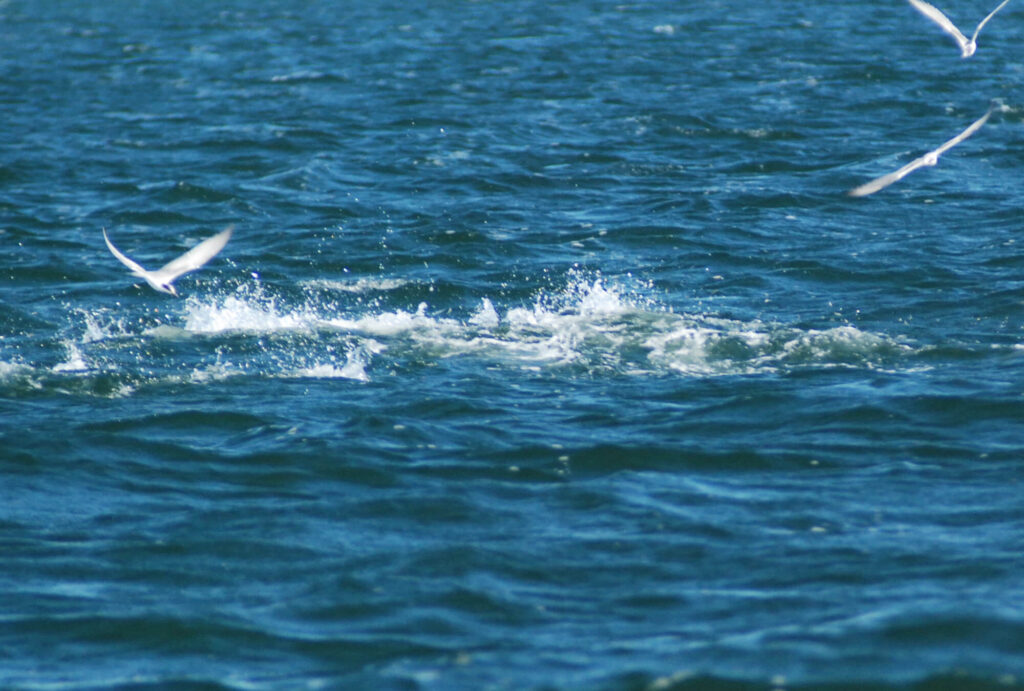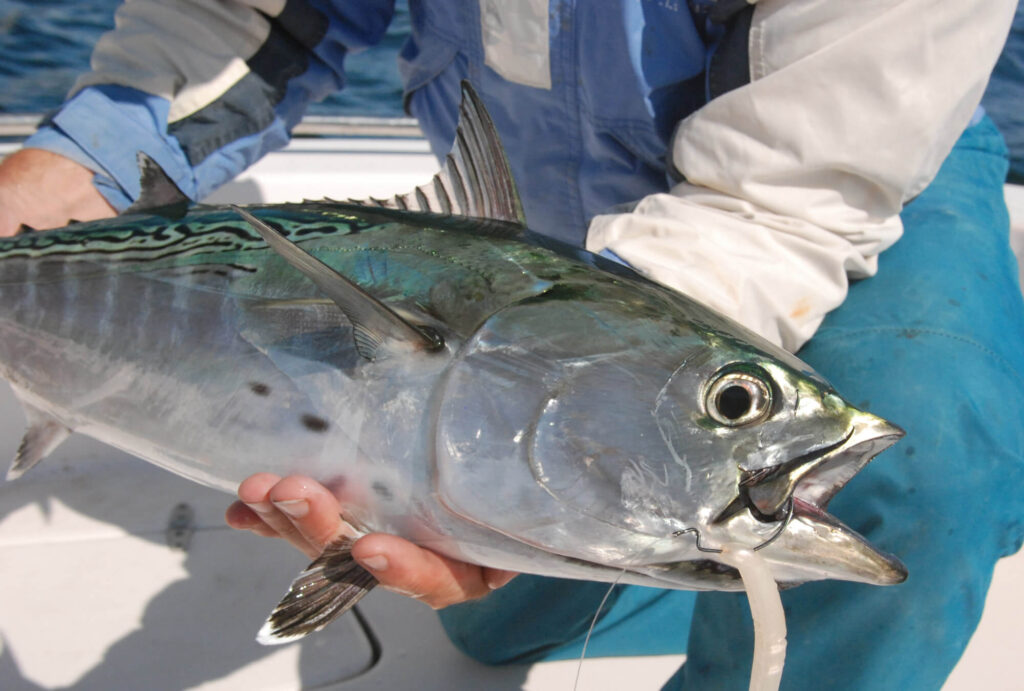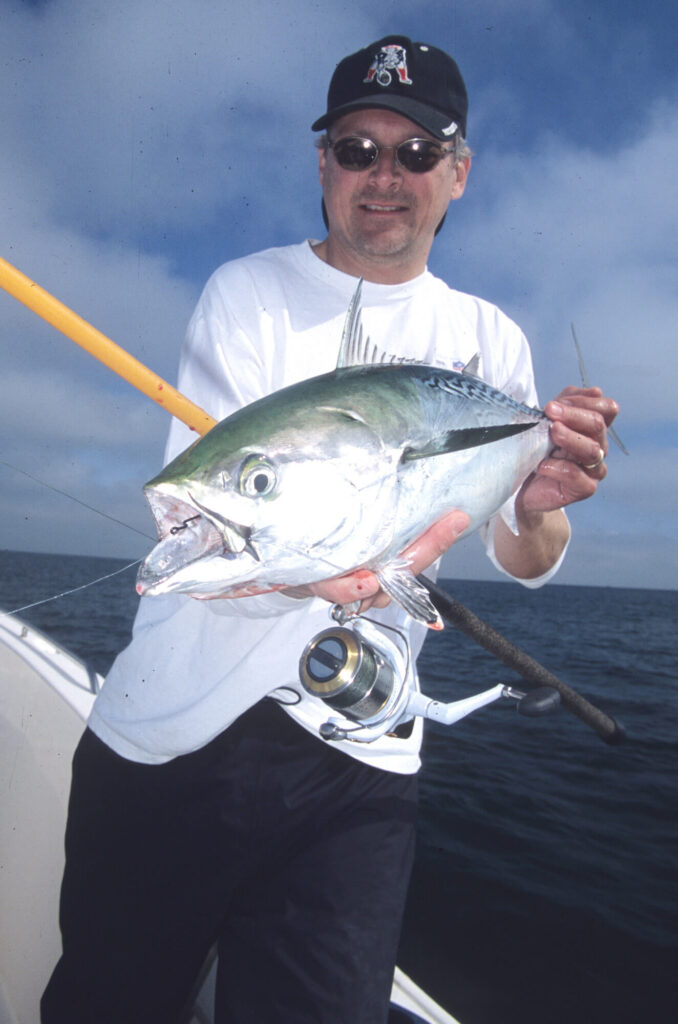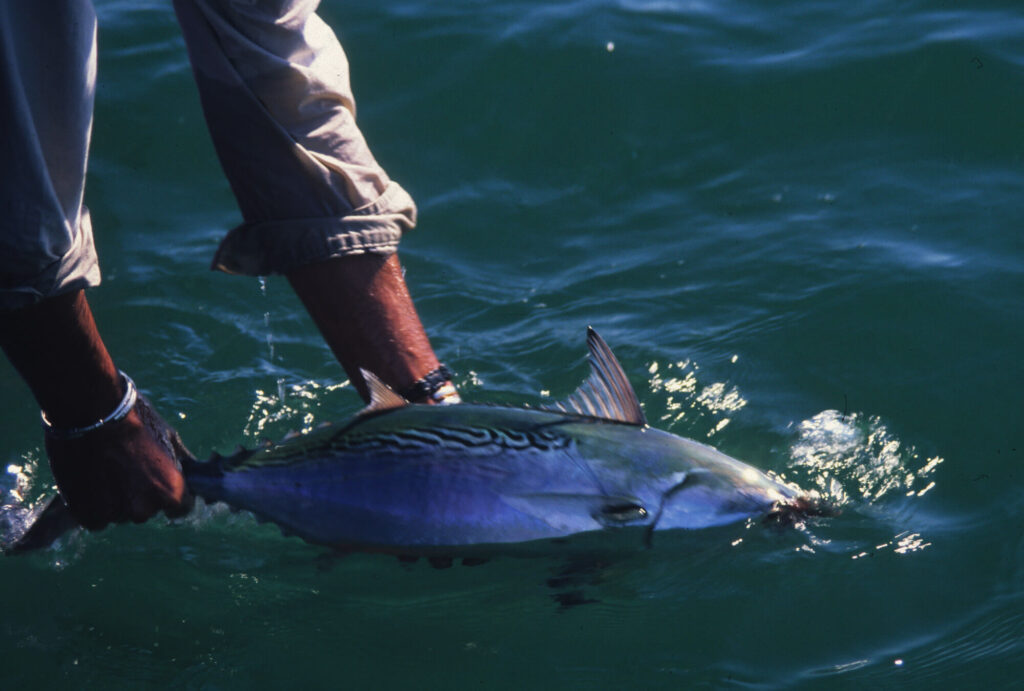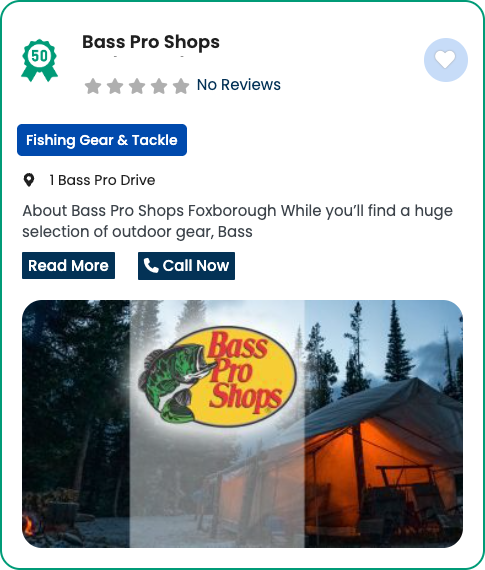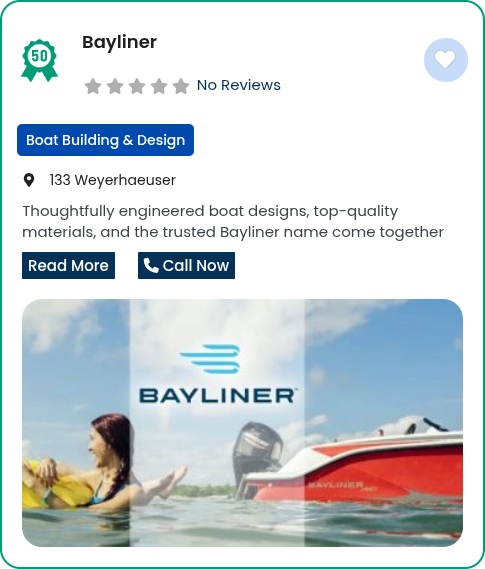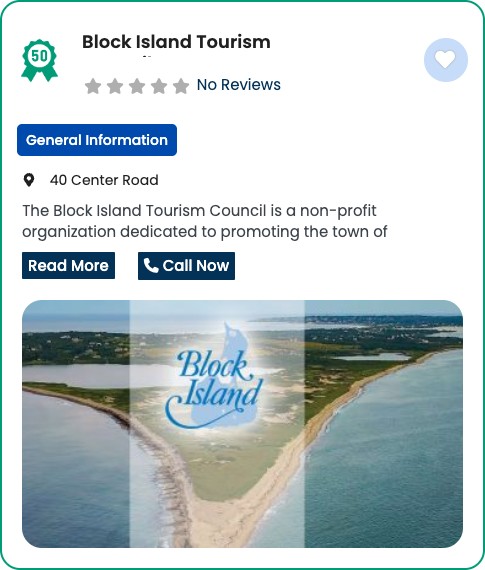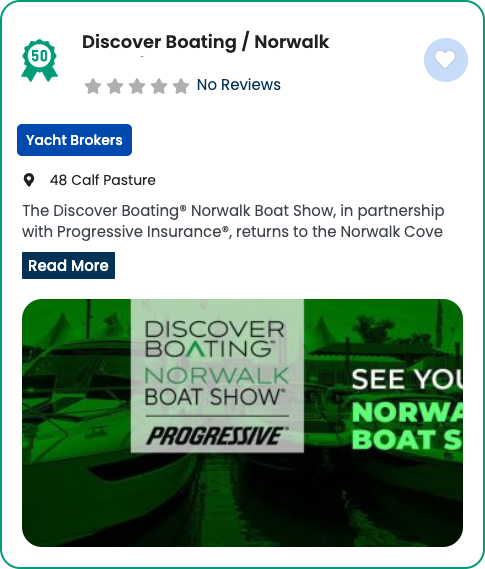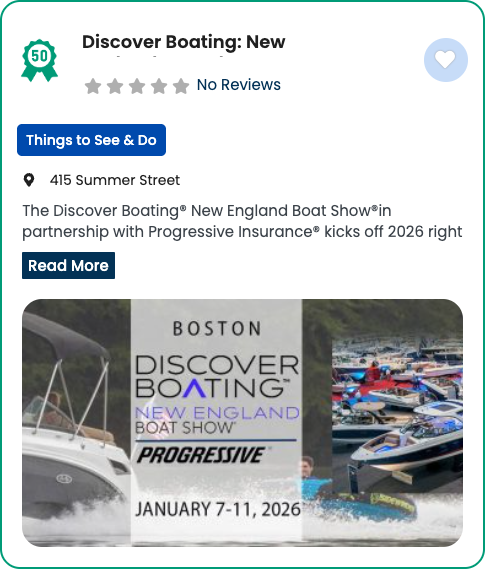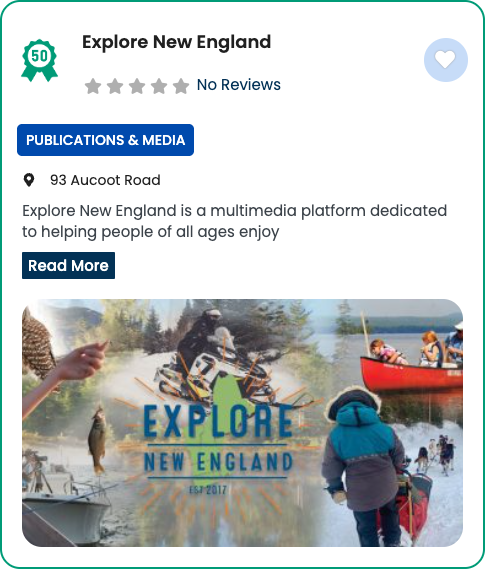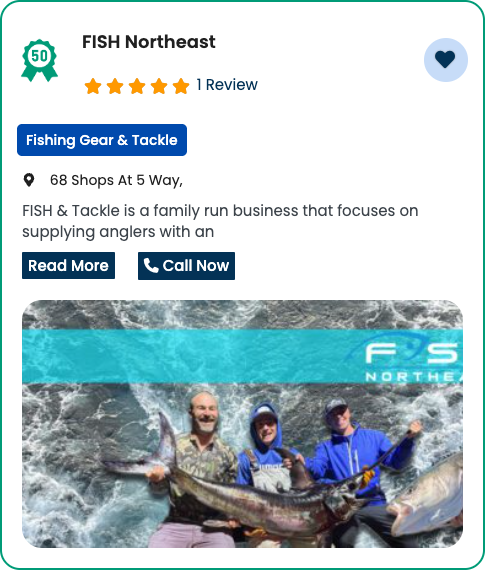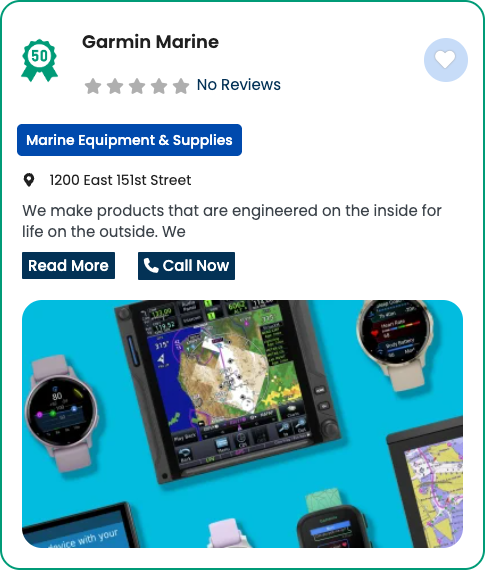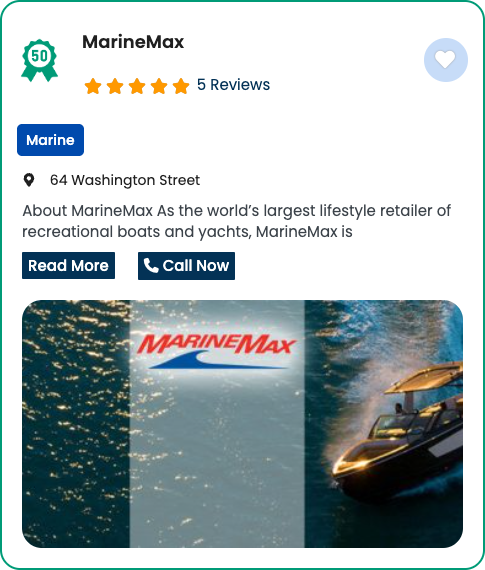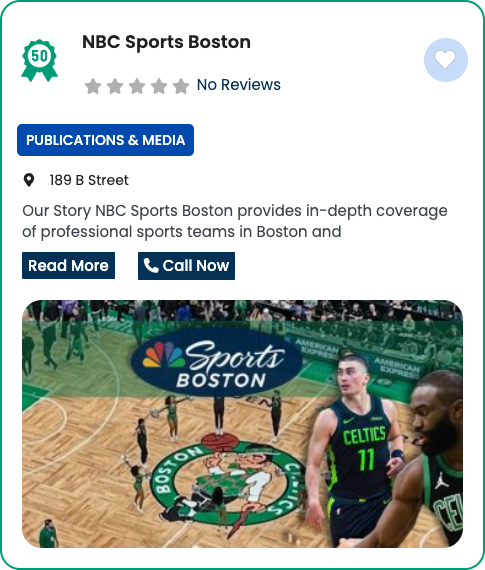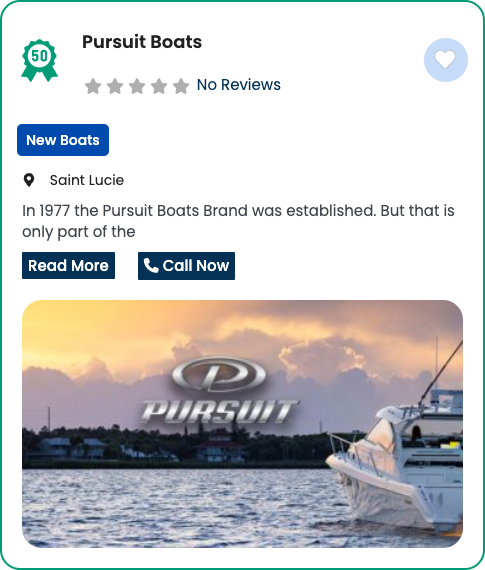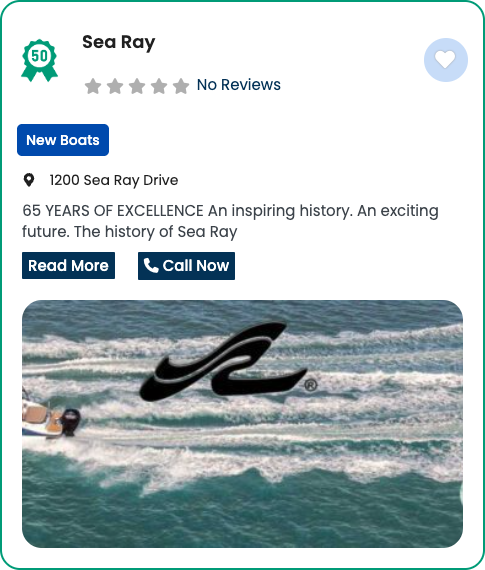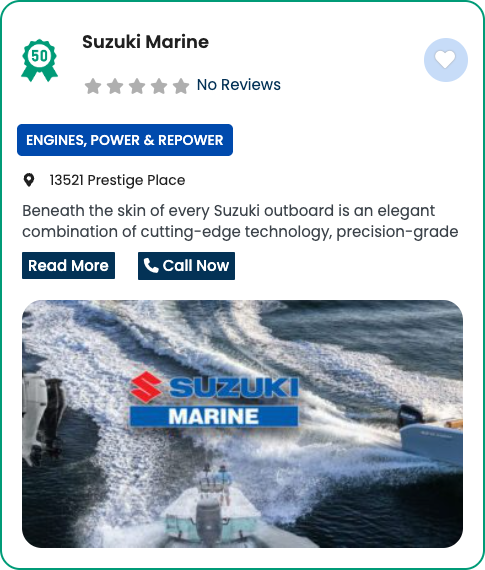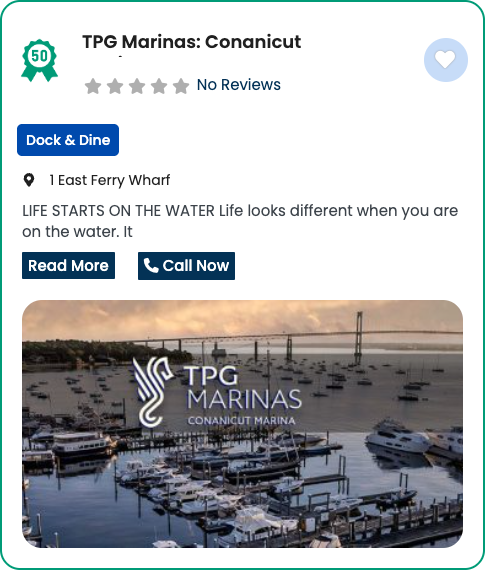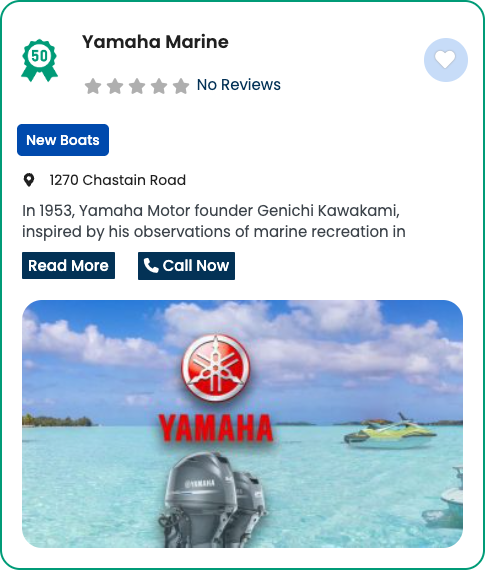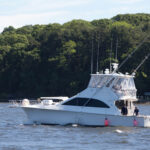
Old Saybrook Story
September 30, 2024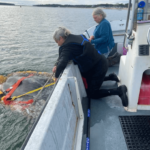
Ocean Sunfish Rescued
October 1, 2024
The Fish of Fall
What’s not to like about albies?
Plenty. But that’s why we love them!
What is it about these fish that so drives a man insane?
Call them little tunny, false albacore, albies, or Fat Alberts, the species represents a contradiction among Northeast anglers that defies all logic.
First of all, they are, for the most part, ridiculously hard to catch. Over the last 30 years or so (when catching albies on purpose became popular), millions of dollars in fuel and tackle have been spent in the grail-like pursuit of these elusive tunoid fish, which more often than not seem to shun all manner of lures and flies. The effort to hook one even produces a type of psychosis known as “albie rage,” which has led to actual charges of criminal assault on the low seas not seen since the days of Blackbeard.
Stranger still, if you do manage to land one, you can’t even take it home for dinner. While there are some folks who claim to enjoy eating albies, to me the dark meat possesses an unpleasant metallic tang. I can only say that I will never again attempt to consume one.
Then there’s the awkward fact that the same fish are scoffed at in states south of North Carolina. Tell someone from Florida, where the fish are called “bonito,” that you spent the better part of two weeks trying to find, no less catch, a false albacore and you’ll be laughed off the dock.
Despite all these drawbacks, when late August rolls around and a hint of fall is in the air, albie fever begins to affect normally calm and rational inshore fishermen from Cape Cod south. Fortunately, there is a cure.
BEST LURES
Albies are infamous for their selective feeding behavior. When keyed on a specific type of bait, they can be very hard to fool unless you have a fly or lure that matches the prey. In other words, you’ll want to be prepared by bringing a lot of different lures or flies in many shapes, colors, and sizes.
Proven “hard” lures include Hogy epoxy jigs, Joe Baggs epoxies, metal KastMasters and Deadly Dicks, Maria Jigs and Hopkins No-Eql spoons. I generally prefer spoons and jigs with single hooks (no bucktail, please). The small lures can match the size, color, and action of many small bait species and can be cast long distances.
Be sure to try different retrieve speeds, patterns, and sink rates before switching lures altogether. But above all, don’t stubbornly stick with the same lure if it’s being ignored. Force yourself to tie on something different if the lure you’re using isn’t doing the trick.
Some of the most effective albie-catchers, at least in my experience are four- to five-inch, unweighted soft-plastic baits, such as the Albie Snax, Slug-Go, Zoom Fluke, or Fin-S-Fish. These relatively light lures can be rigged on unweighted worm hooks, spring-eye worm hooks, and weighted worm hooks, although I prefer no additional weight. I’ve had the best success by twitching them across the surface. Best colors in my experience are amber, pearl, and olive.
TOP FLIES
If you’re a true glutton for punishment, you can always use flies. Since albies typically dine on small baitfish, most notably juvenile bay anchovies, flies can be more effective than other lures, plus they can be tied to precisely mimic the bait du jour. Popular patterns include small Bonito Bunnies, Skok Mushies, Half-and-Halfs, Deceivers, epoxy-bodied flies, Clouser Minnows, Mud Dog DC12, and sparse sand eel patterns. Peanut bunker and juvenile herring imitations work very well when the albies are feeding on these wide-bodied baits. They also seem to be less selective when chasing larger bait. In this case, foam-bodied Gurglers and Sliders can be effective, although they are difficult to cast any great distance. As with spinning gear, change the retrieve speed, sink rate, patterns, and action until you crack the code.
By the way, you can still use flies even if you don’t have a fly rod. Simply tie the fly to a casting “egg” or hookless weighted lure using a three-foot leader. This will allow you to cast the fly on a spinning setup.
GEARING UP
Whether casting spoons, epoxies, or plastics, I like to use spinning gear. My rig of choice is a medium spinning reel like the Shimano Stradic 5000 paired with a 7 ½’ fast-action rod. I spool up with 30-pound-test PowerPro braided main line then attach a three-foot leader of 20-pound fluorocarbon via a Spider Hitch-to-Bristol knot connection or simple uni-to-uni knot. This allows me to reel the lure closer to the rod tip for greater casting accuracy.
When it comes to fly gear, I like a nine-weight outfit and a large-arbor reel filled with 200 yards of backing and a 9-foot leader. There is seldom any need to go lighter than a 12-pound-test tippet, and 20 is usually fine (and safer). The large-arbor reel lets you pick up slack line in short order when the fish suddenly doubles back toward the boat. For fly line, I typically use an intermediate or fast-sink shooting head. Floating line is best if using Gurglers or sliders.
WHEN THEY SHOW
Albies typically show up in southern New England waters (Cape Cod to Connecticut) in late August or early September, although some years they arrive much earlier or later than normal. You never know with these weird fish, and in recent years I’ve encountered albie schools off Massachusetts as late as mid-November.
Over the years, I’ve noticed that the fish seem to feed heavily and are less selective about hitting lures when they first arrive inshore, then settle into a more intermittent feeding pattern for several weeks when they can be very selective and difficult to catch, or will only feed during certain windows, such as early in the morning or on a particular tide phase. As the fall progresses, they tend to chew with abandon again, perhaps fattening up for their southward migration.
I have also found that calm, bright days can make for some very tough fishing. Under these conditions, the albies will often pop up in quick bursts before disappearing altogether. The very worst situation is a greasy-calm day when the fish are lazily rolling on the surface, eating micro-bait, and will not even look at your lures. We call these fish “glassy sippers,” and they can be nothing short of rage-inducing. In this situation, you can try scaling down your leader size to 10- or 12-pound-test fluorocarbon, but not even this can make a difference!
On the other hand, there can be wonderful days when the ‘core are ravenous and eager to hit whatever you throw at them. These are the magic times that keep you coming back for more! In general, I have found that strong winds and choppy seas tend to get the fish feeding more aggressively. Indeed, I’ve had my best albie days on a stiff northeast or westerly breeze.
WHERE TO FIND THEM
While albie schools are liable to pop up anywhere that holds bait, including in open water, you can narrow your search somewhat by looking for areas with strong current flow, large amounts of bait, and clear water. Always check out gulls and terns feeding low over the water. A pair of binoculars can help with spotting birds from afar, while some anglers use their radar to locate bird activity from miles away.
Of course, you can also use other anglers to lead you to fish. If you notice a group of center consoles gathered in a small area, you can probably guess what they’re after. That said, a bunch of boats chasing a few pods of fish can be counter-productive, so I always try to find some fish away from the crowd.
The mouths of inlets and rivers are other good spots to find albies, particularly on a dropping tide. Points of land and rip lines are always worth investigating, as are isolated wrecks and underwater humps that tend to hold baitfish. You can use your depthsounder to check for bait schools or the predators themselves.
Albies will also patrol sandy beachfronts and contour lines, popping up sporadically as they corral, attack, and scatter schools of baitfish, then wait for them to gather again. In this case, try to figure out if they are exhibiting a feeding pattern, and wait for the fish to come to you, rather than chase them. If there are lots of other boats fishing the area, you will certainly want to shut down and drift rather than race around all over the place.
One final note: Don’t give up if you don’t see schools of fish popping on top. If you know albies are in the area, blind casting can be effective—as long as you are patient and keep working the water methodically. I know several fishermen who consistently rack up big scores without ever seeing a fish on the surface.
Alas, I am not one of them.
Video: Wareham Fishing for Albies
Written and photographed by Tom Richardson
A Massachusetts native and past editor of New England Boating & Fishing, Tom has spent time working for Salt Water Sportsman, Offshore Magazine and was a founder of BoatingLocal. You can now find Tom as the Host, Executive Producer at Explore New England TV.
REGIONAL NEWS

FEATURED



